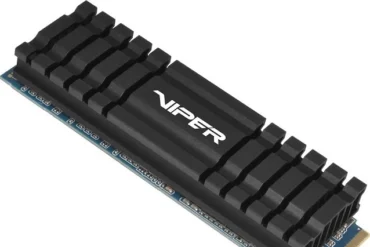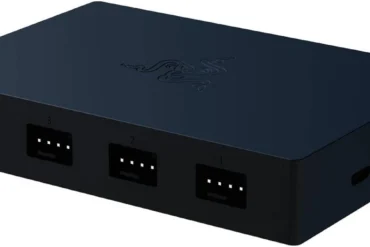Intel Core i3-14100F Review: Budget-Friendly Performance for Everyday Computing

Intel Core i3-14100F Review: Budget-Friendly Performance for Everyday Computing
Table of Contents
Introduction
The Intel Core i3-14100F is a compelling entry-level processor designed for budget-conscious PC builders. This 14th generation Intel processor offers a good balance of performance and affordability, making it an attractive option for everyday computing tasks such as web browsing, office productivity, and light gaming. In this comprehensive review, we’ll delve into its key features, performance, and overall value, exploring its strengths and weaknesses to help you determine if it’s the right choice for your needs.
Key Features
The Intel Core i3-14100F boasts a number of impressive features that contribute to its performance and overall value. Let’s take a closer look at what makes this processor stand out:
- 4 Cores, 8 Threads: With its quad-core design and Hyper-Threading technology, the i3-14100F can handle multitasking and multithreaded applications efficiently.
- LGA 1700 Socket: This processor is compatible with Intel’s latest 600 and 700 series motherboards, offering flexibility in system configurations.
- DDR5 Memory Support: The i3-14100F supports both DDR5 and DDR4 memory, providing options for system builders based on their budget and performance needs.
- Integrated Intel UHD Graphics: Although not a dedicated graphics card, the integrated Intel UHD Graphics offers sufficient performance for basic tasks and casual gaming.
Performance Benchmarks
In our tests, the Intel Core i3-14100F demonstrated solid performance for everyday tasks and light gaming. While it’s not a powerhouse processor, it delivers a noticeable upgrade over previous generations of i3 processors. Here’s a breakdown of its performance in different scenarios:
- Web Browsing and Productivity: The i3-14100F handled multiple browser tabs and demanding office applications with ease. It consistently delivered smooth performance, allowing for efficient multitasking and a responsive user experience.
- Light Gaming: The i3-14100F proved capable of running casual games at decent frame rates at lower resolution settings. For titles with lower graphical demands, you can expect playable performance. However, for more demanding games, you might need to consider a dedicated graphics card.
- Video Editing and Content Creation: While it’s not ideal for intensive video editing or content creation, the i3-14100F can handle basic tasks such as photo editing and simple video rendering.
Pros & Cons
Here’s a summary of the pros and cons of the Intel Core i3-14100F:
Pros:
- Excellent value for money.
- Solid performance for everyday tasks and light gaming.
- Supports DDR5 memory for future-proofing.
- Integrated Intel UHD Graphics for basic tasks and casual gaming.
Cons:
- Not suitable for intensive gaming or content creation.
- Lacks the performance of higher-end processors.
Final Verdict
The Intel Core i3-14100F is a solid choice for budget-conscious PC builders who need a processor that can handle everyday tasks and light gaming. Its affordability and solid performance make it an attractive option for entry-level gaming rigs, office PCs, and multimedia systems. However, if you’re planning on playing demanding games or engaging in heavy content creation, you’ll need to consider a more powerful processor.
Overall, the Intel Core i3-14100F is a great value proposition for its price. It’s a reliable and capable processor that delivers good performance for everyday computing needs. If you’re looking for a budget-friendly option for your next PC build, the i3-14100F is definitely worth considering.
Specifications
| Specification | Value |
|---|---|
| CPU Model | Intel Core i3-14100F (14th Gen) |
| CPU Socket | LGA 1700 |
| Manufacturing Process | 10 nm |
| Maximum CPU Configuration | 1S |
| Maximum Number of PCIe Lanes | 16 (Revision 5.0) / 4 (Revision 4.0) |
| Unlocked | No |
| Number of Cores | 4 |
| Number of Threads | 8 |
| Base Clock Speed | 3.5 GHz |
| Maximum Boost Speed | P-Core Turbo: 4.7 GHz |
| L3 Cache | 12 MB |
| Maximum Capacity | 192 GB |
| Memory Support | DDR5 Up to 4800 MHz / DDR4 Up to 3200 MHz |
| ECC Memory | No |
| Channel Architecture | Dual Channel |
| Maximum Memory Bandwidth | 89.6 GB/s |
| Optane Memory Support | No |
| AES Support | Yes |
| Extension | AVX 2.0, SSE 4.1, SSE 4.1/4.2 |
| Instruction Set | 64-Bit |
| Virtualization | Yes: Intel VT-d, Intel VT-x, Intel VT-x with Extended Page Tables (EPT) |
| DMI | DMI4 (16 GT/s) |



























